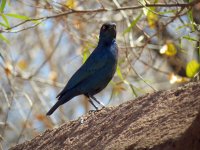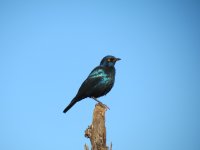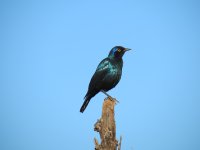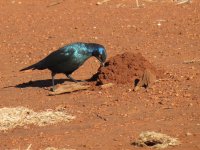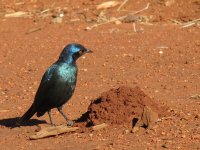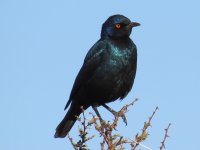sbradfield
Well-known member
Reviewing some photographs and would like opinions on these please. All were taken in Madikwe Reserve in August.
Bird 1. (First photo) Looks very uniform and apparently no ear patch (although it is a bad angle!). I'm leaning towards Cape Glossy
Bird 2 (Photos 2-6) Really struggling with this one. Photos 3, 5 and 6 show ear patch but it is less clear in others.
Bird 3 (Photo 7) Again lack of ear patch behind eye makes me think Cape
Thanks in advance
Bird 1. (First photo) Looks very uniform and apparently no ear patch (although it is a bad angle!). I'm leaning towards Cape Glossy
Bird 2 (Photos 2-6) Really struggling with this one. Photos 3, 5 and 6 show ear patch but it is less clear in others.
Bird 3 (Photo 7) Again lack of ear patch behind eye makes me think Cape
Thanks in advance




